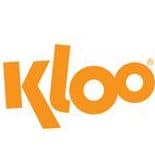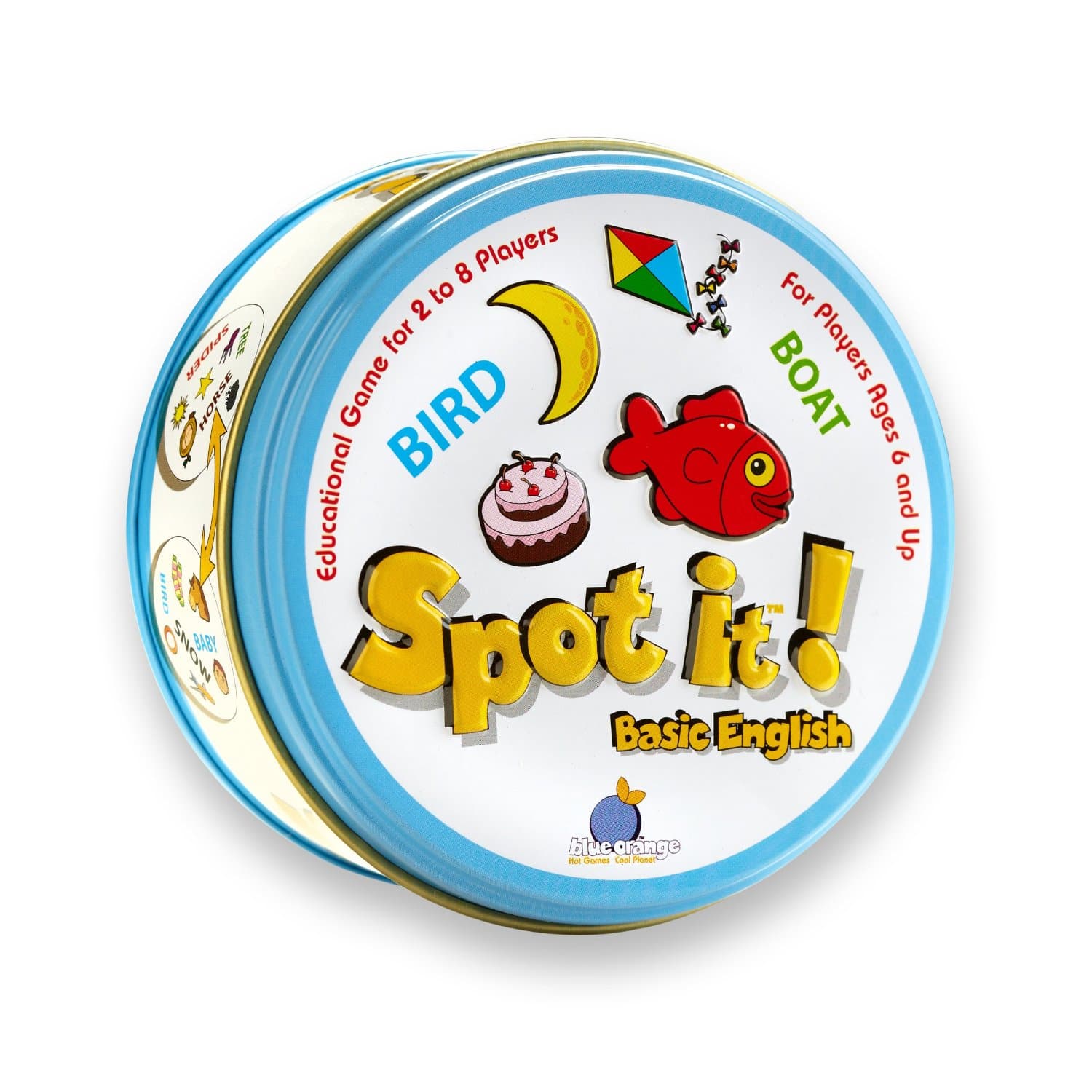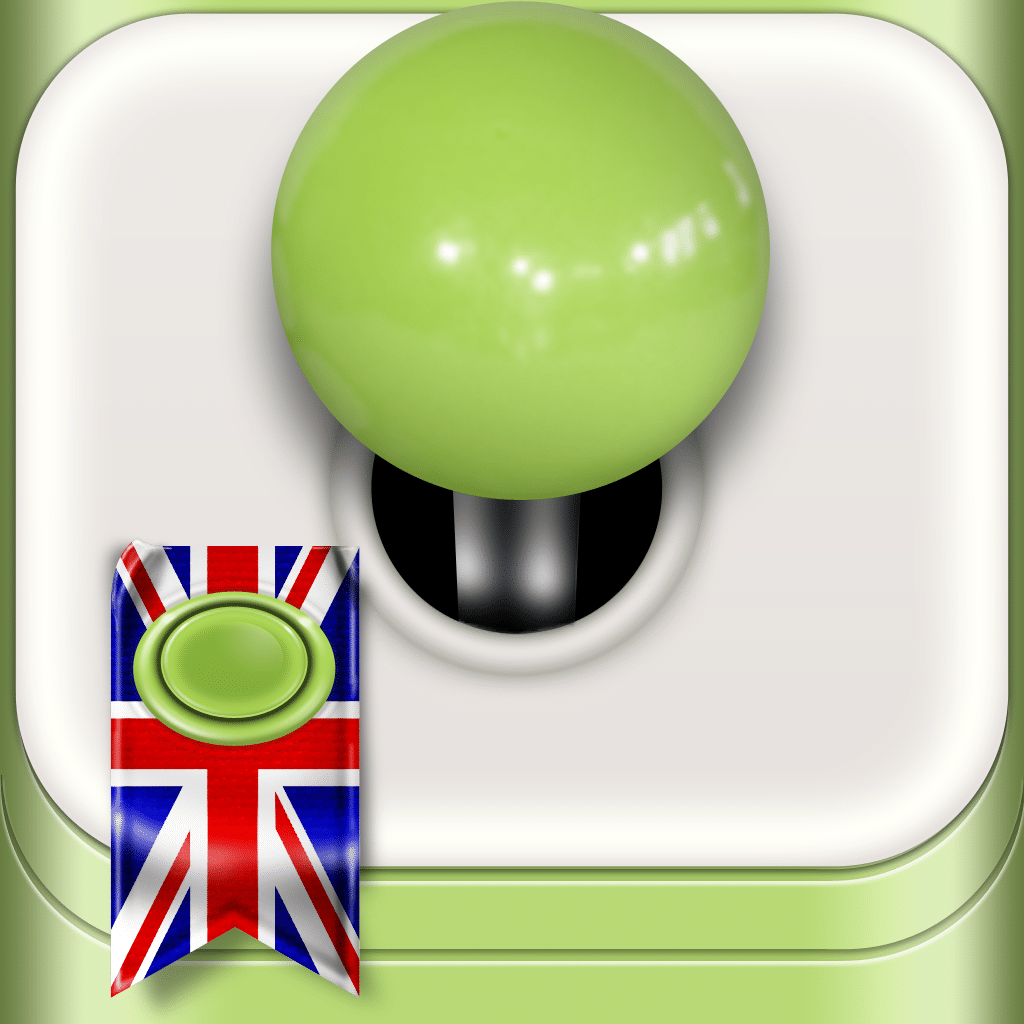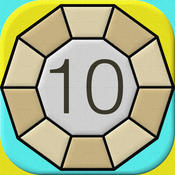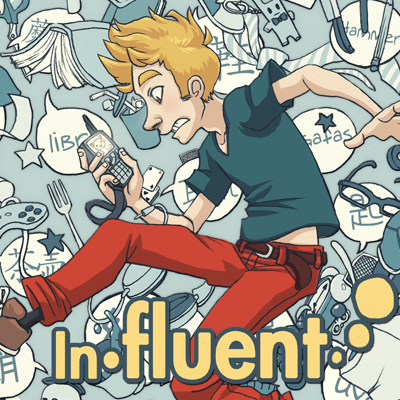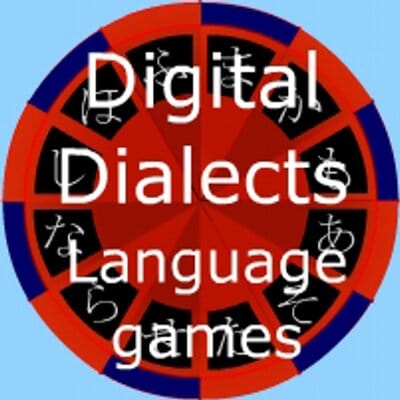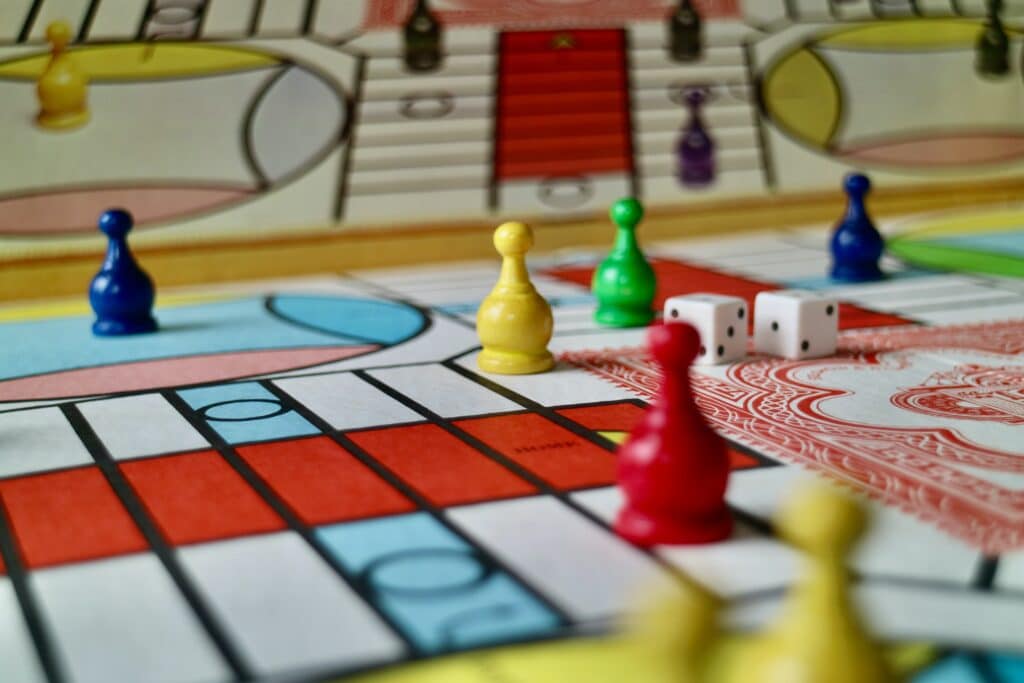
13 Games to Build Your Vocabulary in a Foreign Language
Before you begin to read this post, ask yourself these two questions:
Games are more than just fun. They’re also a research-proven effective learning method and definitely one of the best ways to learn a new language.
So if you’ve never used games to boost your foreign language vocabulary before, prepare to be blown away by this list of 13 fun and effective games that can help you build your foreign language vocabulary fast!
By the way, this post is also worth reading if you’re an ESL teacher looking for new activities to help build your students’ vocabulary.
Contents
Download: This blog post is available as a convenient and portable PDF that you can take anywhere. Click here to get a copy. (Download)
Board & Card Games
Board games and card games have been around for centuries, and are excellent ways to interact with others in person while working your cognitive skills.
While activities that feature more modern technology such as video games have stolen some of the shine away from these type of games, both board games and card games have a certain old-school charm that can’t be beat. Because of this, they’re still preferred by many as interactive tools to unite people around the world even to this day.
1. Kloo
Kloo is an award-winning educational card game that is loved by many, including children, adults, teachers and self-learners. It can be played either alone or with others, and the game even comes with three sets of instructions on how to play—based on the number of players.
The Kloo game consists of two decks of cards and the goal is to create a sentence that makes sense using only the cards that you have in your hand.
According to their website, people who have used Kloo have built their vocabulary, on average, up to ten times faster than people who haven’t, so it definitely might be something worth checking out. This is something I’ve personally had a great deal of success with.
Languages you can learn: English, French, Italian, Spanish
2. Scrabble (Foreign Language Edition)
Scrabble is a highly popular word finder board game developed by Hasbro that has players earn points by creating words using four to twelve letter tiles in a crossword style. There are usually only about 100 tiles that can be used in gameplay, so players will need to use creativity to cook up new words each turn as the letter tiles begin to dwindle.
Each tile is worth a certain number of points and the person who has the most points on their board after all of the tiles have been used up wins. Any words are okay as long as they’re defined in a standard dictionary and the longer the word, the more points the player receives.
Most people play Scrabble in English, but with some slight modifications, you can play in various languages. Want to learn how? Click on this title for more information on how to play in the language of your choosing.
Languages you can learn: Numerous languages (30+)
3. Spot It! Basic English/French/Spanish Game
What this game lacks in quantity (in terms of how many languages you can learn with it), it makes up for in quality. Spot It! Basic English Game (or French or Spanish, depending on the version you choose) is a fast-paced card game created by Rainbow Resource and is great for teaching learners basic vocabulary words related to a variety of subjects such as animals, clothing, family, foods, transportation and even the weather using both words and pictures.
To play, take two cards from the deck and try to match a picture to its word. This is easy to do since there’s always one matching symbol between any two cards. Spot It! is great for young learners, and players can use it to strengthen their vocabulary skills with repetition and reading comprehension.
Each set comes with 55 cards in a colorful tin.
Languages you can learn: English, French, Spanish
App Games
These days, almost everyone has access to some sort of mobile device, whether it’s a smartphone, an iPod or a tablet. If you own one of these devices and you use it regularly, then try to strengthen your vocabulary in a foreign language with a few of these games designed to be mobile-friendly. Some of the app games listed can even be played while offline, so keep that in mind.
5. Elevate

The Elevate gaming app series makes learning foreign languages easy while on the go with gaming apps that help you to not only build your vocabulary, but also aid you in strengthening your conversational skills.
Each app usually offers around eight colorful games to help you master over a thousand words and phrases and harbors over fifty language lessons available, all of which are designed by Ivy League instructors. (Only the first couple of lessons are free, however. To have access to all fifty lessons you have to upgrade, which does require a fee.)
They also have game apps related to other educational subjects like U.S. Geography and Math and on their website, there is a blog that is updated regularly. The Elevate series is adored by millions of language learners all over the world and was ranked as one of the Best Education Apps of the Year by Apple’s App Store in 2019.
Languages you can learn: Spanish, French, Italian, Portuguese, German, Chinese, Japanese
6. Learn with Lingo Arcade
Another terrific language gaming app series for Apple users is Lingo Arcade by Innovative Mobile Apps. While the Spanish version of this app is the most popular among learners, Lingo Arcade has versions in Spanish, English, French and German. The app has been praised by many for how user-friendly it is and its arcade style format.
Each app comes with four different games with five difficulty settings to help players learn more than just basic vocabulary. With LingoArcade, users can practice word mastery, understand complex phrases and work on sentence building all at an affordable price.
Languages you can learn: Spanish, English, French, German
7. Count to Ten
Count to Ten – International Numbers Game is the app game by BidBox which teaches users how to count from one to ten in whichever language they choose within minutes. Although the only vocabulary words that can be learned revolve around numbers, this is still a very useful app to use. The game is simple yet challenging and players can even compete against others in duels to get the highest score possible.
Languages you can learn: Multiple (23+)
Online Games
Whether you’re a serious online gamer or you just play online games every now and then, these three games are sure to please the inner gamer in you while helping you build your vocabulary.
8. Influent
Looking for an educational game that almost doesn’t feel like you’re actually learning anything? You’ll definitely want to check out Influent, a 3D free-form game developed by the indie game company Three Flip Studios, and hosted on digital gaming platform sites like Steam and Humble.
This awesome game is about a fictional inventor named Andrew Cross who, after having his language learning device—the “SanjigenJiten”—stolen, decides to prove to the world that he is the rightful owner by learning over 300 words in any language that he chooses to help raise money via the fictional crowdfunding site, FireStarter.
Players can learn new words by using Andrew’s device to scan items that are scattered throughout the game and create their own customized vocabulary lists comprised of nouns, verbs, adjectives and more. So far the game can be played in over sixteen different languages, but each version is sold individually for around $10.
Languages you can learn: Multiple (16+)
9. Digital Dialects
If you want to use a website to play some online language learning games that involve more than just simply learning vocabulary, then DigitalDialects is the site for you! The website is free to play and you can learn phrases, vocabulary words, numbers, spelling, the alphabet and even verb conjugation in over 70 different languages. While the graphics on the website aren’t the most spectacular, DigitalDialects offers great value for its users—especially considering that it’s completely free.
Languages you can learn: 70+ languages
10. LanguageGain
This is another helpful language learning website with a simple design layout, making it easy to navigate. LanguageGain offers several unique matching games to help players learn words relating to greetings, food, animals, clothing and other topics.
LanguageGain also has flashcard options so that users can get some serious practicing in before they play, though note that Java must be enabled to play these games. While they have over ten available languages, some of them don’t have any games listed yet (although the site owners claim that they’ll add more in the future), so please keep that in mind while browsing through the website.
Languages you can learn: Arabic, Chinese, French, German, Hindi, Italian, Japanese, Portuguese, Russian, Spanish
Games You Can Create on Your Own
Here are a few games to try for those of you who love to put your creativity skills to good use. The best part of creating games on your own is that the only limit you have is your imagination! These games can be used to learn any language.
11. The Matching Game (Home Edition)
Materials needed: Sticky notes or flashcards, a vocabulary list
All you need are sticky notes, a vocabulary list and something to write with (or you can get fancy and print out flashcards that you made).
How to play: Pick any category in the language you would like to practice and create a vocabulary list of the items in your home that match the category. This can be food, clothing items, rooms, the options are endless.
For example, say that you’re trying to learn Spanish and you’re interested in learning clothing items in Spanish.
First, create a list of vocabulary words. Here’s an example of a Spanish vocabulary list involving clothing items:
hat = el sombrero
shirt = la camisa
pajamas = el pijama
pants = los pantalones
shoes = los zapatos
socks = los calcetines
underwear = la ropa interior
jacket = la chaqueta
shorts = el pantalón corto
Once you’ve created your vocabulary list, write the Spanish words on sticky notes in the sequence of one word per sticky note.
Lastly, here comes the most exciting part: Try to label the items with the correct sticky note within a certain amount of time without using your vocabulary list or other notes. Try to get the highest score possible and then play again to try to beat that score!
To make sure you cover the most important words with this game, you can use a Vocabulary Stickers set, which gives you color-coded labels in your target language for common household items.
12. Bingo
Materials needed: Vocabulary list, construction paper (or any kind of paper), scissors, a ruler, pictures of the objects that will be on the cards (optional), some method to choose and call out the words in a random order individually
To successfully create your own version of this classic game, you’ll want the cards to be randomized but still have the same group of words used repeatedly.
Say you’re interested in learning French words related to food—specifically fruits and vegetables. First you’d create a vocabulary list of common French fruits and vegetables and their English meanings.
Then arrange the words randomly and write them on the 5×5 card. Specifically, you would write five of the words under each letter: B, I, N, G, O. The BINGO card would then look something like this:
B I N G O
la courgette les carottes le maïs les ananas la pastèque
l’aubergine les cerises les épinards les légumes la tomate
le pommes le radis les bananes les fruits le céleri
les raisins les tomates la laitue le concombre le maïs
les oignons les haricots les noix la salade les fraises
Mix up the words to create as many different cards as you like.
How to play: To play, first assign someone the role of Bingo host, which is the person who calls out the words. Next divide the group of people who are participating into a small number of teams.
Just like with regular Bingo, in order to win, you have to be the first to get five in a row in the assigned direction.
13. Guess That Language (Vocabulary Word Edition)
Materials needed: Blank flashcards, something to write with, a vocabulary list
How to play: If you want to just practice alone, Guess That Language can be used like flashcards (but then it wouldn’t really be a game now would it?)
For two people, the name of the game is simple: One person says a word to you from the list, and you have to guess what it means on the first try. You don’t need to worry about getting words in a specific order to win here!
For a group, this game plays out a lot more like Bingo. First divide the entire group into teams. Then pick one person who reads the words aloud from the vocabulary list, one by one in a random order. All of the words from the list must be said and each word can be worth one point.
In order to win points, a team has to be the first to say the correct meaning. To make sure everyone playing gets a fair chance, have one person per team compete against the other person on the other team(s).
The 13 games listed here are only a handful of the language learning games out there. There are plenty of other amazing games you can play that are just as fun and as the ones listed here.
In fact, many learning programs add game-like features, like FluentU‘s video-enhanced quizzes.
FluentU takes authentic videos—like music videos, movie trailers, news and inspiring talks—and turns them into personalized language learning lessons.
You can try FluentU for free for 2 weeks. Check out the website or download the iOS app or Android app.
P.S. Click here to take advantage of our current sale! (Expires at the end of this month.)
The important thing is to have fun!
Download: This blog post is available as a convenient and portable PDF that you can take anywhere. Click here to get a copy. (Download)
And One More Thing...
If you dig the idea of learning on your own time from the comfort of your smart device with real-life authentic language content, you'll love using FluentU.
With FluentU, you'll learn real languages—as they're spoken by native speakers. FluentU has a wide variety of videos as you can see here:
FluentU has interactive captions that let you tap on any word to see an image, definition, audio and useful examples. Now native language content is within reach with interactive transcripts.
Didn't catch something? Go back and listen again. Missed a word? Hover your mouse over the subtitles to instantly view definitions.
You can learn all the vocabulary in any video with FluentU's "learn mode." Swipe left or right to see more examples for the word you’re learning.
And FluentU always keeps track of vocabulary that you’re learning. It gives you extra practice with difficult words—and reminds you when it’s time to review what you’ve learned. You get a truly personalized experience.
Start using the FluentU website on your computer or tablet or, better yet, download the FluentU app from the iTunes or Google Play store. Click here to take advantage of our current sale! (Expires at the end of this month.)
